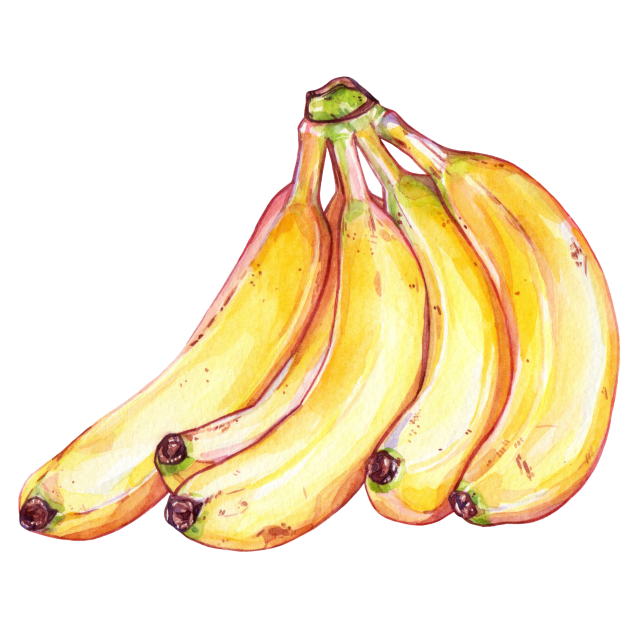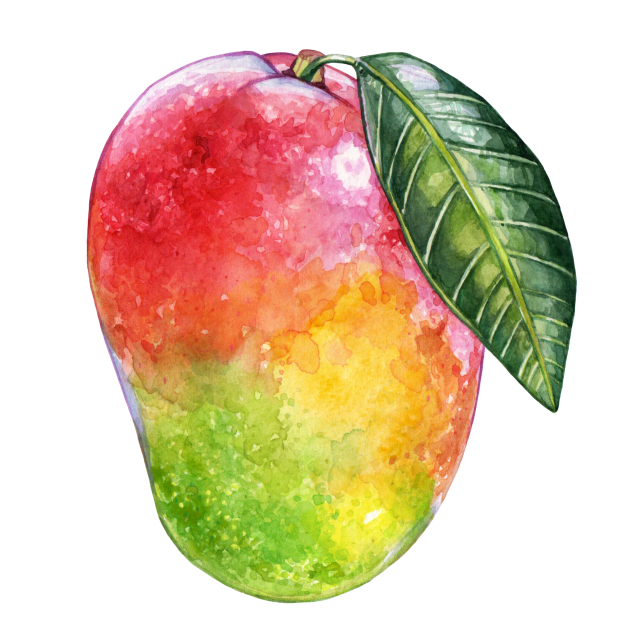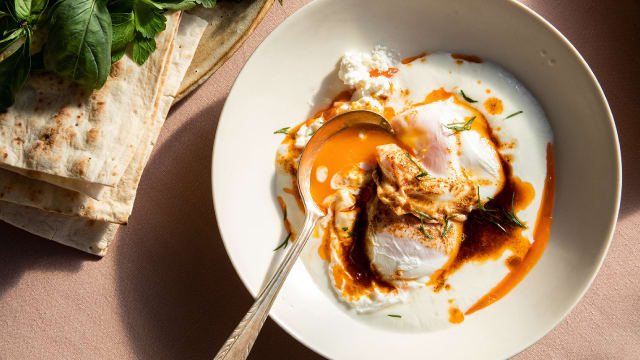Pineapple

Latin name: Ananas comosus
Uses: fruit, juice, dried
What are pineapples?
Pineapples are one of the world’s most popular fruits. They grow on perennial tropical shrubs that resemble agave. Fresh, dried, canned, or juiced, they’re enjoyed alone in or in combination with other fruits in salads, smoothies, and cocktails. They’re sold as street treats in tropical regions worldwide, sometimes with lime juice, chile powder, or other toppings. Combined with ham they define the flavor of Hawaiian pizza.
Why are pineapples healthy?
Packed with vitamin C and manganese, pineapples also contain many antioxidant flavonoids and phenolics that may help prevent chronic illnesses like arthritis, heart disease, and diabetes by reducing inflammation and oxidative stress.
Bromelain, an enzyme in the fruit, aids in digestion and may also boost the immune system and speed recovery from injury or surgery. Bromelain also prevents gelatin from gelling, and it can be used as a meat tenderizer, making pineapple juice popular in marinades.
What do pineapples taste like?
Intensely sweet and juicy, with an almost floral perfume, pineapples are a quintessential tropical fruit. They contain vanillin, which gives vanilla its famous flavor, and several compounds that contribute characteristic notes to apples, citrus, caramel, coconut, and even onion. This last one may surprise you, but it helps explain why pineapples make such good salsa.
How do I use pineapples?
If they’re fresh and ripened on the plant, there’s honestly nothing better than eating them straight, preferably on a beach, and letting the juice run down your chin.
What do pineapples pair well with?
Pineapples’ exuberant fruitiness pairs beautifully with many other fruits, especially bananas, oranges, mangoes, and strawberries. Don’t sleep on trying it in spicy salsas, where its sweetness and acidity handle chile and cilantro with aplomb.
It meshes seamlessly with coconut to form an all-time classic flavor combination, and with the addition of some rum — sugar cane products being another great match — you’ve got a piña colada. Once you’ve cut up and eaten the fruit, save the peels and core for fermenting into tepache, a drink popular in Mexico.
Where do pineapples grow?
Pineapples are native to the Brazil-Paraguay border area. Through travel and trade, Tupi Indians carried them throughout Central and South America, including parts of the Caribbean, and the Portuguese and Spanish then spread them to tropical regions around the world. Today Costa Rica, Brazil, the Philippines, and Indonesia are the biggest producers.
How to buy pineapple:
A ripe pineapple should yield slightly to pressure and have a sweet aroma.
Fun pineapple fact:
Because of the expense involved in transporting them back to Europe in the years following colonization of the New World, wealthy hosts would welcome guests with the fragrant fruit — showing both the host’s status and their esteem for the visitors. As a result, pineapples quickly became symbols of luxury and hospitality. This is why you still see pineapples depicted on door knockers and welcome mats.





